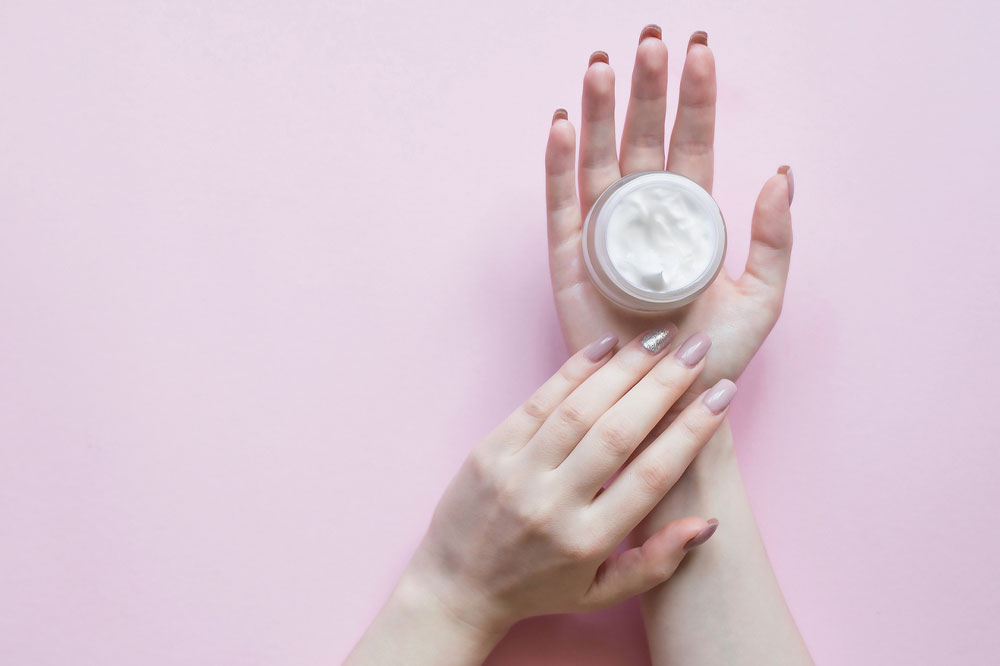10 Best Moisturizers for Aging Skin

While aging is inevitable, taking good care of the skin by adopting healthier lifestyle choices can help one age gracefully. The aging process causes the skin to lose its elasticity and radiance. Modern-day moisturizers come with anti-aging ingredients, like retinol and collagen, meant for mature skin. Moisturizing the skin can enhance its glow by improving its firmness and elasticity. This can also help one look youthful. So here are the best moisturizers for mature skin:
CeraVe Moisturizing Cream
CeraVe has some of the best products for skin health. Its moisturizer contains ceramides, glycerin, and hyaluronic acid. The combination of these ingredients helps hydrate the skin. The product has a rich, creamy texture that does not feel heavy or oily on the face. Additionally, CeraVe is a fragrance-free moisturizer, making it perfect for people with sensitive skin.
Neutrogena Hydro Boost Gel
Although mature skin tends to lose its moisture, many continue to have oily skin throughout their life. Neutrogena Hydro Boost Gel is a lightweight moisturizer free of alcohol and oil, containing ingredients like glycerine and hyaluronic acid. The gel helps keep the skin hydrated and plump and also improves the appearance of fine lines, among other signs of aging.
SkinCeuticals Triple Lipid Restore 2:4:2
This cream is highly recommended by dermatologists and is packed with a few skin-friendly ingredients. Rich in fatty acids and ceramides, the cream also has cholesterol that helps lock moisture. The product has an antioxidant-infused formula. It also contains vitamin E, which helps in cell reproduction, protecting the skin against environmental damage, and skin repair.
Paula’s Choice Skin Recovery Replenishing Moisturizer
Those dealing with rough skin should try this moisturizer. Its creamy texture offers a much-needed dose of hydration to skin that has dulled with age. The antioxidants in the cream help in skin repair, while plant oils offer a dewy radiance to the skin.
Vichy Aqualia Thermal Rich Cream
The most effective moisturizer is one that has both emollients and humectants to not just lock but also attract moisture. Vichy Aqualia Thermal Rich cream is effective in quenching dry skin, and its ingredients are less intense than ceramides and fatty acids. However, the cream does have a mild fragrance, so it might not be the best product for those with sensitive skin.
La Roche-Posay Substiane Riche Face Moisturizer
This product is best known for its sensitive-skin formulations and antioxidants. The La Roche-Posay Substiane Riche Face moisturizer is a blend of shea butter, glycerine, and pro-xylene—ingredients that are ideal for aging skin. The deeply moisturizing quality of this product targets fine lines and wrinkles. Further, such moisturizers are the best products to prevent as well as manage crepey skin.
Olay Regenerist Hyaluronic + Peptide 24 Gel Face Moisturizer
Rich creams are not ideal for all skin types, especially oily, acne-prone skin. This is where Olay’s lightweight gel moisturizer comes in, melting into the skin and blending with makeup. It doesn’t feel sticky or heavy on the skin and provides an all-day glow.
iS Clinical Youth Intensive Cream
As the name suggests, the cream can give a youthful glow to the skin. It is packed with hyaluronic acid, vitamin C, glycerine, and a copper tripeptide growth factor, the combination of which gives one firm and radiant skin. The ingredients also help in reducing fine lines and wrinkles.
Kiehl’s Ultra Facial Advanced Repair Barrier Cream
For those with dry skin, this is the perfect product to relieve irritation. The cream has a nourishing formula of colloidal oatmeal and beta-glucan to hydrate and soothe the skin. This is a great product for cold months to help one deal with chapped skin.
Foy x Dr. Collins Night Treatment Oil
A common sign of aging is the skin losing its elasticity and plumpness. This can be attributed to a loss of collagen over time. This luxurious oil is rich in vitamin A and retinoate, helping with collagen synthesis. One can apply this oil on top of a humectant to lock in moisture.
Maintaining skin health
Those in their 40s begin developing dryer skin. As many changes develop in the body during this period, the skin can start feeling dull and dry. Elastin and collagen production, responsible for smooth and supple skin, are also negatively affected with age. This makes the skin more vulnerable to premature aging signs. Here, the skin needs moisture, so one should choose beauty and skincare products that hydrate the skin. It is also important to choose products with mild, soothing ingredients. Choosing the right hydrating skincare product can help the skin hold on to moisture and maintain its elasticity. This makes the skin look plump and young.
How can moisturizers help?
The skin tends to lose its water with age, so it needs support to prevent water loss. Moisturizers are key beauty tools packed with nourishing and hydrating ingredients that help lock moisture and prevent dryness. Further, moisturizing is a great preventative measure against conditions like crepey skin—a dry, thin epidermis that looks fragile. The condition can develop with age or can be a result of excessive sun exposure. So, while using sunscreen and protecting the skin from sun damage are key steps for preventing crepey skin, choosing the best products for aging skin is equally important. The moisturizers that worked for one in their 20s and 30s might not work for mature skin. To manage signs of aging, like thin and saggy skin, wrinkles, spots, and dryness, one needs to invest in beauty products designed for older adults. Additionally, caring for the surface of the hands, legs, and entire body is as important as skincare for the face. So, one should try to look for moisturizers meant to prevent crepey skin and provide antioxidant protection to the surface.







